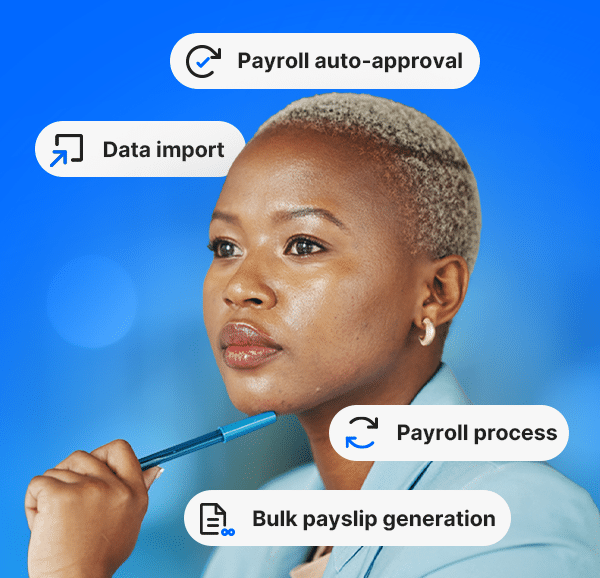by Matt Hillier, Executive Vice President Products, CloudPay
The last year or so has been an incredibly exciting time for payroll, as the capabilities of artificial intelligence gradually become better-known. Payroll has already been undergoing somewhat of a revolution of late, as traditional methods and processes shaped around manual functions and data entry have been swept aside by technology, automation, and the cloud.
But now, the capabilities of AI and machine learning can take these possibilities to the next level. Routine tasks like data entry, compliance, and tax calculations can be dealt with by intelligent technology within integrated systems.
The importance of these enhancements can’t be overstated, at a time when the likes of flexible working, digital nomads and employer-of-record services are making payroll management more fluid than it’s ever been before. In the months and years ahead, it’s going to become increasingly important to engage employees with positive payroll experiences, and for payroll teams to expand and scale while maintaining efficiency and accuracy.
I believe 2024 will be the year in which AI really steps up to the plate in addressing these pressing payroll needs, for organizations all over the world. For me, six particular trends stand out in the AI payroll sphere:
- AI will help fill in talent gaps. Employee experience is continually rising in importance when it comes to attracting and retaining key staff. At the same time, there is a talent shortage in payroll specifically, with many experienced practitioners retiring without sufficient talent pipelines in place to supersede them. AI can help take up that slack to a certain extent, taking away some of the tedious work that can put aspiring young professionals off a career in payroll. AI won’t completely replace human payroll skills but can augment staff in such a way as to make the job more fulfilling, creative, and varied.
- AI will meet demands for skills. AI can help bolster traditional payroll skills. Think areas like country-specific legislation, diagnostics, validation, analytics, and even pre-empting employee concerns before they can have a negative impact on the business. If AI can take care of a lot of this, then existing payroll staff have more time to deal with more complex, challenging, and large-scale work. To this end, AI will help reframe expertise and experience as the key drivers behind the human skill base.
- AI will drive new levels of efficiency. The need for automation and AI has been underlined in recent years by the growth of payroll size and complexity. Organizations have become more diverse, and the checks-and-balances placed upon payroll teams have massively expanded too. The process burden is only going to keep growing through 2024 and beyond, so using AI to take care of more of it enables far greater scalability. It can also empower payroll teams, processes, and professionals to deliver more value, both strategically and operationally.
- AI will reduce friction in data movement. Data flows are vital for modern payroll, so anything that smoothes out those flows can yield major efficiency and accuracy benefits. This can be through identifying recurring patterns in data, generating predictive insights into future payroll, and democratizing payroll knowledge. The next step – one that I’m eagerly awaiting – is to see how AI platforms drive detailed, repeatable benefits so that employees always get the accurate, on-time payroll they expect and deserve.
- AI will have healthy guidelines established for it. It’s worth remembering that AI is still in its relative infancy, and in data protection and compliance terms, it’s still finding its feet. Payroll naturally uses substantial amounts of sensitive data every day, so organizations – and the payroll industry at large – will be taking a keen interest this year in building strong guidelines for the secure, compliant use of AI technology in payroll.
- AI will solve many more business problems. Outside of core payroll processing, I’m expecting the benefits of AI to spread much wider throughout payroll this year. For example, we should see more use of data mapping to simplify customer data, especially during onboarding; predictive modeling for payment funding to support easy navigation through forex movements; conversational AI speeding up responses to payroll queries; and new approaches to payroll validation and variance identification.
What all these trends collectively tell us is that there is a lot happening with AI in payroll – and it’s all happening in a very short period of time. Now is the time for organizations to identify their internal AI trailblazers and champions, and give them all the support they need to unlock the full potential of AI, and by extension, the potential of global payroll.


